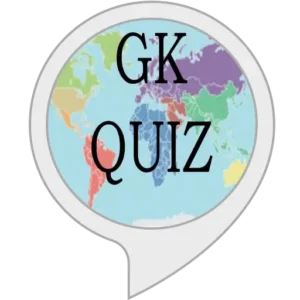1. MULTIPLE CHOICE QUESTIONS (MCQs)
-
The tissue that lines kidney tubules and salivary ducts is:
(a) Squamous epithelium (b) Glandular epithelium (c) Cuboidal epithelium (d) Columnar epithelium -
Muscles that work without our conscious control are:
(a) Skeletal (b) Cardiac (c) Smooth (Involuntary) (d) All of these -
Tissue that connects muscle to bone is known as:
(a) Ligament (b) Tendon (c) Cartilage (d) Areolar tissue -
Cartilage and bone are both types of:
(a) Muscular tissue (b) Connective tissue (c) Epithelial tissue (d) Nervous tissue -
Fat is stored in the body in:
(a) Cuboidal epithelium (b) Adipose tissue (c) Cartilage (d) Bones -
Respiratory passages are lined with:
(a) Glandular epithelium (b) Squamous epithelium (c) Ciliated epithelium (d) Cuboidal epithelium -
Areolar tissue helps by:
(a) Fat storage (b) Absorbing water (c) Binding skin to muscle (d) Making hormones -
Cardiac muscle tissue is found in the:
(a) Lungs (b) Heart (c) Liver (d) Kidneys -
Which tissue connects bones with bones?
(a) Tendon (b) Ligament (c) Cartilage (d) Muscle fibre -
Which among the following is a voluntary muscle?
(a) Cardiac (b) Smooth (c) Skeletal (d) Involuntary
2. CASE STUDY BASED QUESTIONS
Case A – Epithelial Tissue:
Epithelial cells line body surfaces and perform absorption, secretion, and protection functions. These include squamous, cuboidal, and columnar epithelium, often modified into glandular or ciliated types.
-
Which epithelium prevents mixing between internal systems?
-
What type of epithelium is found in blood vessels?
-
Where is fat stored in the human body and what is its use?
OR
How are glandular epithelia formed?
Case B – Connective Tissue:
Connective tissues support and bind various body parts. They have a matrix that varies from fluid (in blood) to rigid (in bones).
-
How are connective tissue cells arranged in their matrix?
-
What kind of matrix is present in cartilage?
-
Differentiate between ligament and tendon.
OR
Write two differences between bone and cartilage.
3. ASSERTION AND REASON TYPE QUESTIONS
-
Assertion: Intestinal lining has tall epithelial cells.
Reason: Columnar epithelium supports absorption and secretion. -
Assertion: Ciliated epithelium helps in particle movement.
Reason: Cilia push substances like mucus along surfaces. -
Assertion: Squamous epithelium has flat, irregular cells.
Reason: Found in the inner walls of capillaries. -
Assertion: Simple epithelium prevents mechanical injury.
Reason: Located in organs subjected to wear and tear. -
Assertion: Skin is waterproof.
Reason: Stratified cuboidal epithelium covers the skin surface.
4. VERY SHORT ANSWER TYPE QUESTIONS
-
What is the primary role of blood in the body?
-
Define ciliated columnar epithelium and state its function.
-
Differentiate voluntary and involuntary muscles with one example each.
-
What tissue forms the inner lining of blood vessels?
-
Which epithelium is found in the lining of the small intestine?
-
Why do Arctic animals have thicker layers of fat?
5. SHORT ANSWER TYPE QUESTIONS
-
What are bone cells called? What do they do?
-
Compare striated, smooth, and cardiac muscles in a table.
-
How are messages transmitted across the body?
-
Draw a labelled diagram of a neuron and explain its parts.
-
Mention three characteristics of smooth muscles.
6. LONG ANSWER TYPE QUESTIONS
-
Explain the types of epithelial tissues with diagrams.
-
What are the two main parts of blood? Why is it called connective tissue?
-
Describe different connective tissues and their functions.
-
Draw labelled diagrams of all muscle types and explain them.
7. BOARD-STYLE QUESTIONS
-
Explain how division of labour is seen in multicellular organisms.
-
Name all xylem elements and describe their roles.
-
Make labelled diagrams of connective tissues and write one key point for each.
-
Define the following:
(a) Cuticle (b) Cork (c) Tendons -
List any three features of cardiac muscles.
-
State two differences between cartilage and bone.
-
What is the function of areolar connective tissue?
-
Why are skeletal muscles known as voluntary muscles?
-
How does stratified epithelium provide protection?
-
Name the connective tissue involved in immune response.
-
State the importance of nervous tissue in animals.
-
Describe the role of the matrix in connective tissues.
-
Why are tendons strong but not very flexible?
-
How does blood help regulate body temperature?





